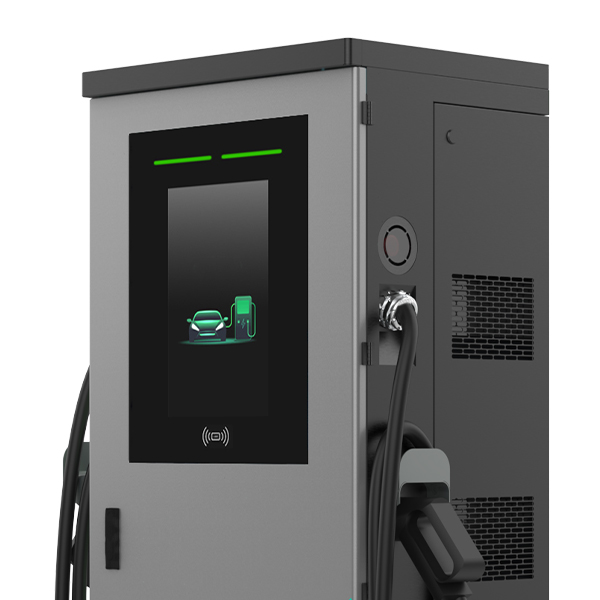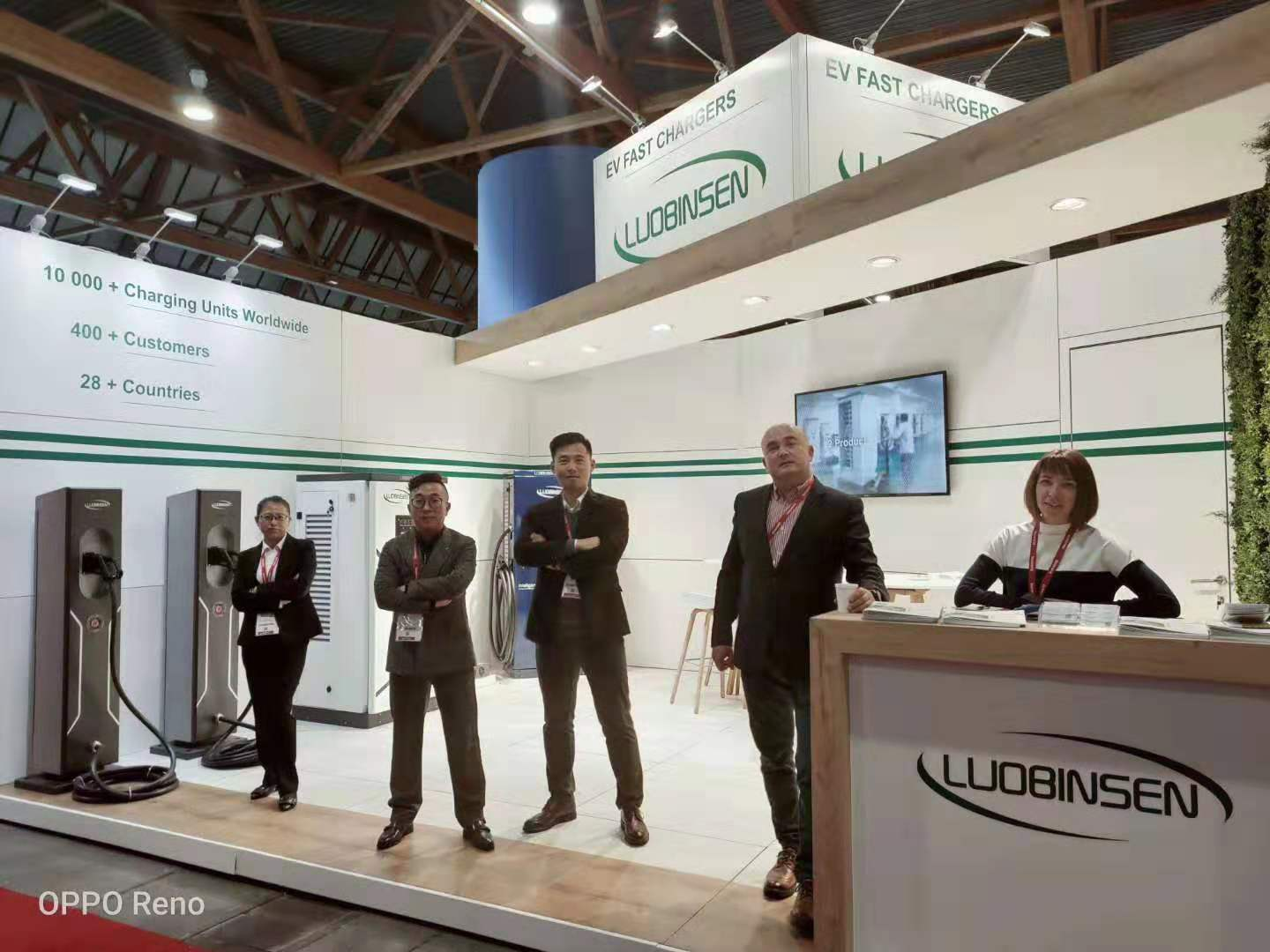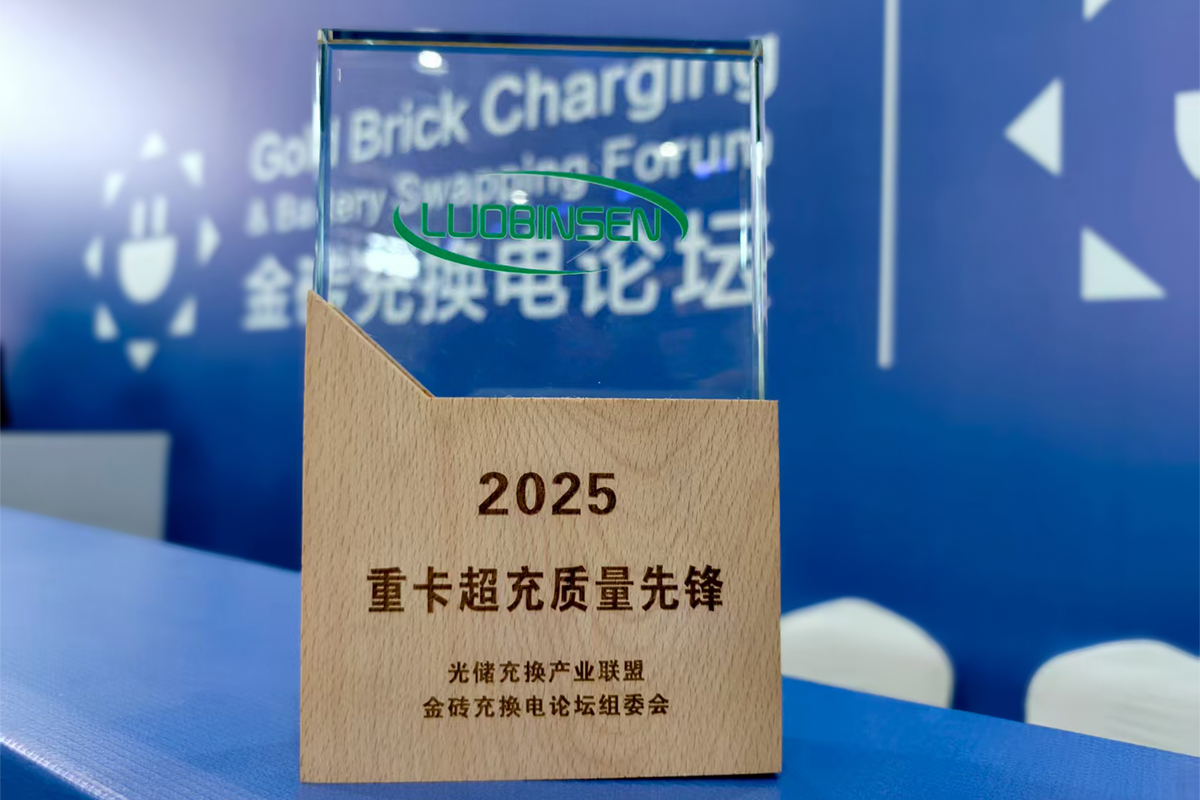Electric vehicle adoption is growing rapidly, and at Luobisnen, we are committed to providing practical charging solutions for commercial, fleet, and personal applications. One question we often receive from our clients is: what is the minimum utility connection size for a high power ev charger? Addressing this ensures smooth installation and optimal performance of our all-in-one charging station. By understanding the electrical requirements, operators can plan effectively for energy usage while maintaining safety and efficiency.

Minimum Utility Connection Considerations
When we discuss the minimum utility connection size for a high power ev charger, it is essential to recognize that this requirement depends on both the charger’s output and the site’s existing infrastructure. Our all-in-one charging station is designed with a wide voltage output range from DC 200V to 1000V and offers power options from 60kW to 360kW. For a typical 200kW installation, we generally recommend consulting the local utility to confirm that the supply can handle the peak load. This step ensures that the charging equipment operates at maximum efficiency without overloading the grid.
Efficiency and Safety Integration
At Luobisnen, we prioritize not only performance but also safety. Our high power ev charger is equipped with a self-designed central control system that enhances charging efficiency while providing multiple safety protections. This design allows us to integrate chargers with various utility connection capacities without compromising stability. By calculating the total expected load and considering simultaneous charging events, operators can select an appropriate connection size, ensuring that the all-in-one charging station functions reliably under different operational scenarios.
Adapting to Diverse Applications
The flexibility of our all-in-one charging station means that it can accommodate different types of users, from EV fleets to public charging stations. The high power range and support for multiple standards—including GB/T, CCS1, CCS2, and CHAdeMO—allow us to optimize the utility connection for specific needs. For fleet operators, we often recommend slightly higher utility capacity to allow simultaneous charging of multiple vehicles. Meanwhile, commercial installations might balance peak demand with grid limitations to reduce costs without affecting service quality. We work closely with clients to ensure each high power ev charger installation meets their operational goals efficiently.
Conclusion
Understanding the minimum utility connection size is a key part of planning for a high power ev charger installation. At Luobisnen, we provide comprehensive guidance and solutions tailored to diverse applications, ensuring that our all-in-one charging station delivers reliable, safe, and efficient charging. By combining advanced technology with practical utility considerations, we help operators and businesses implement effective EV charging infrastructure while minimizing downtime and maximizing performance. Investing in the right connection capacity today ensures smooth operation for years to come.




